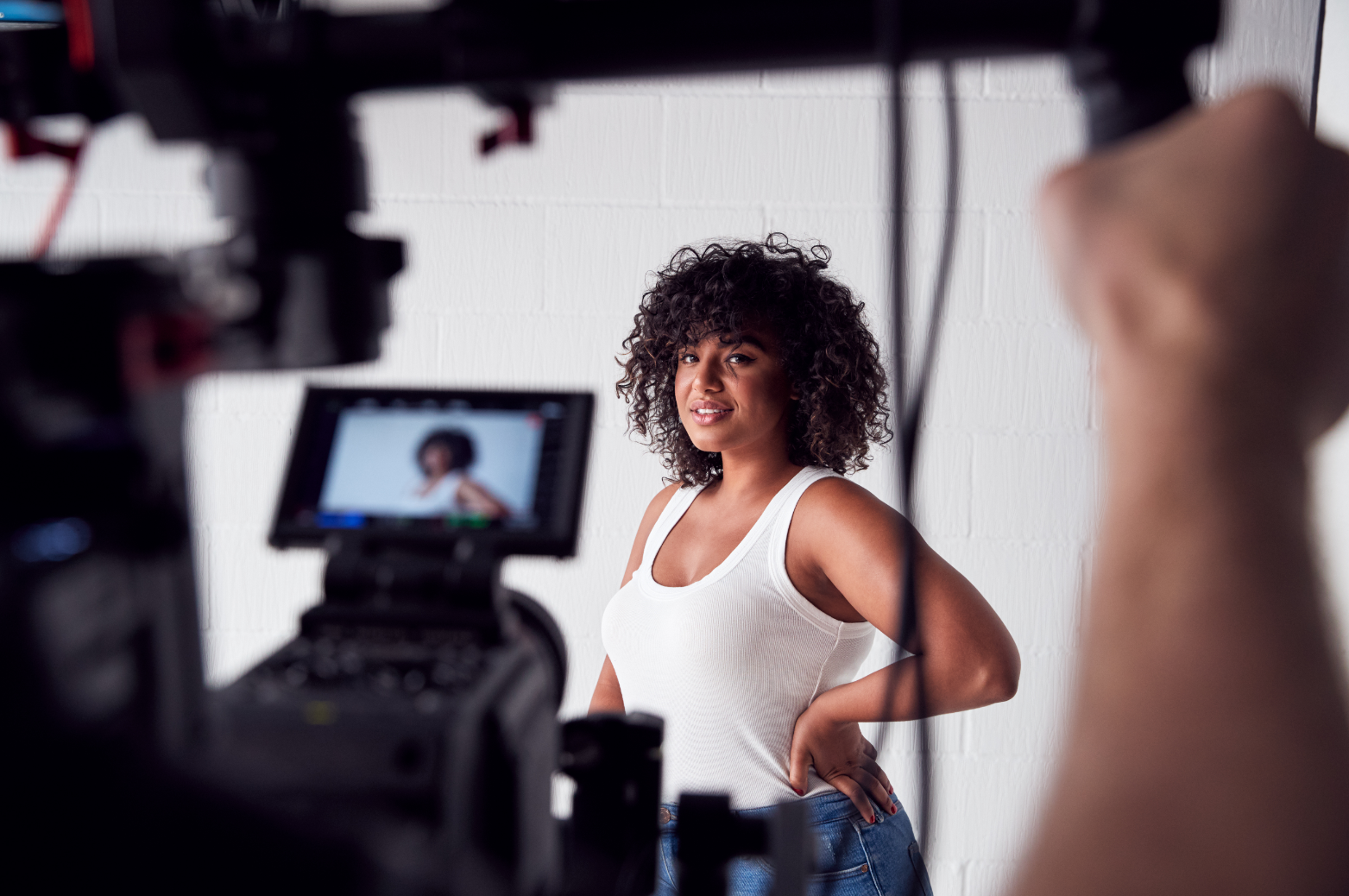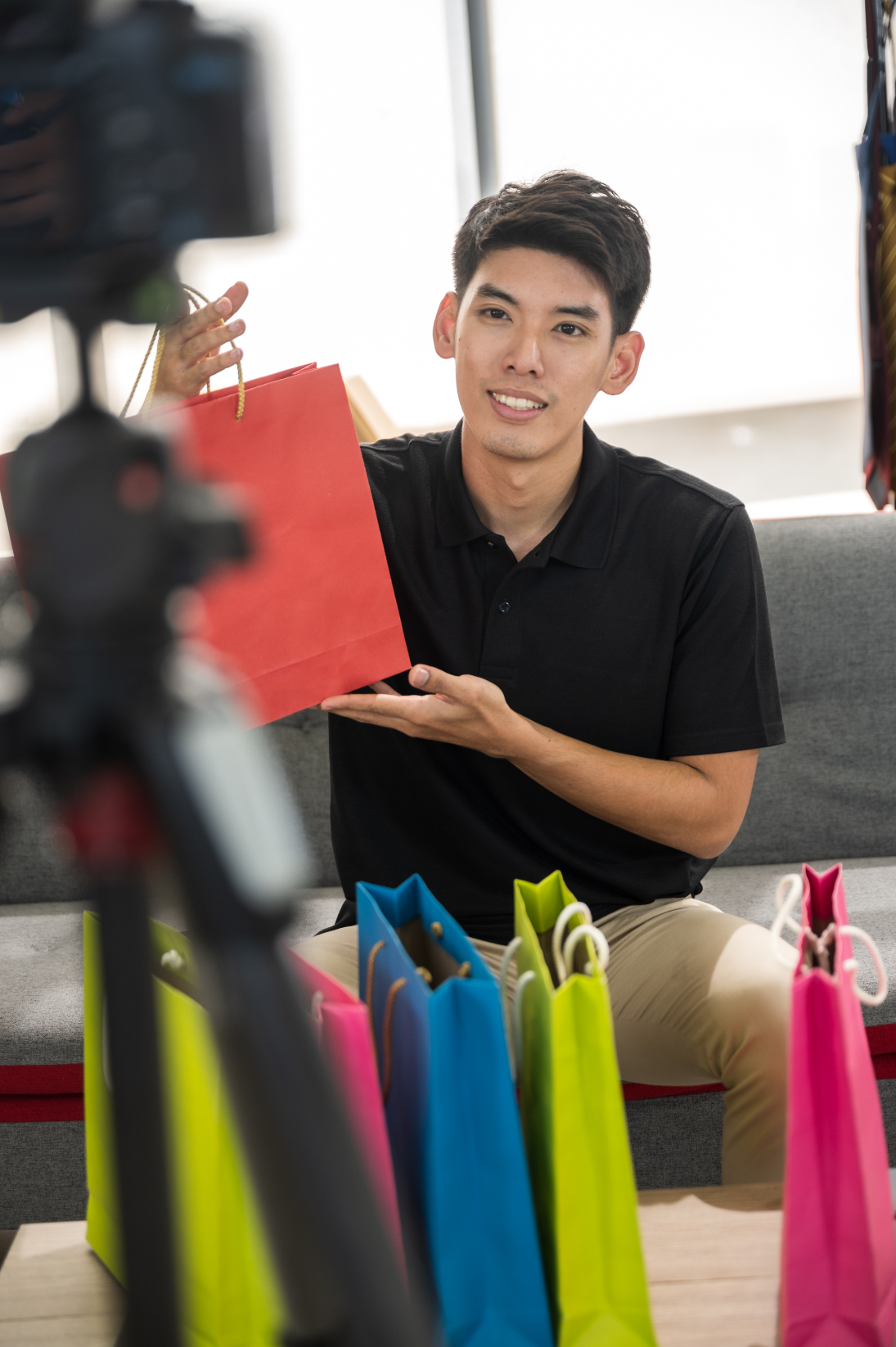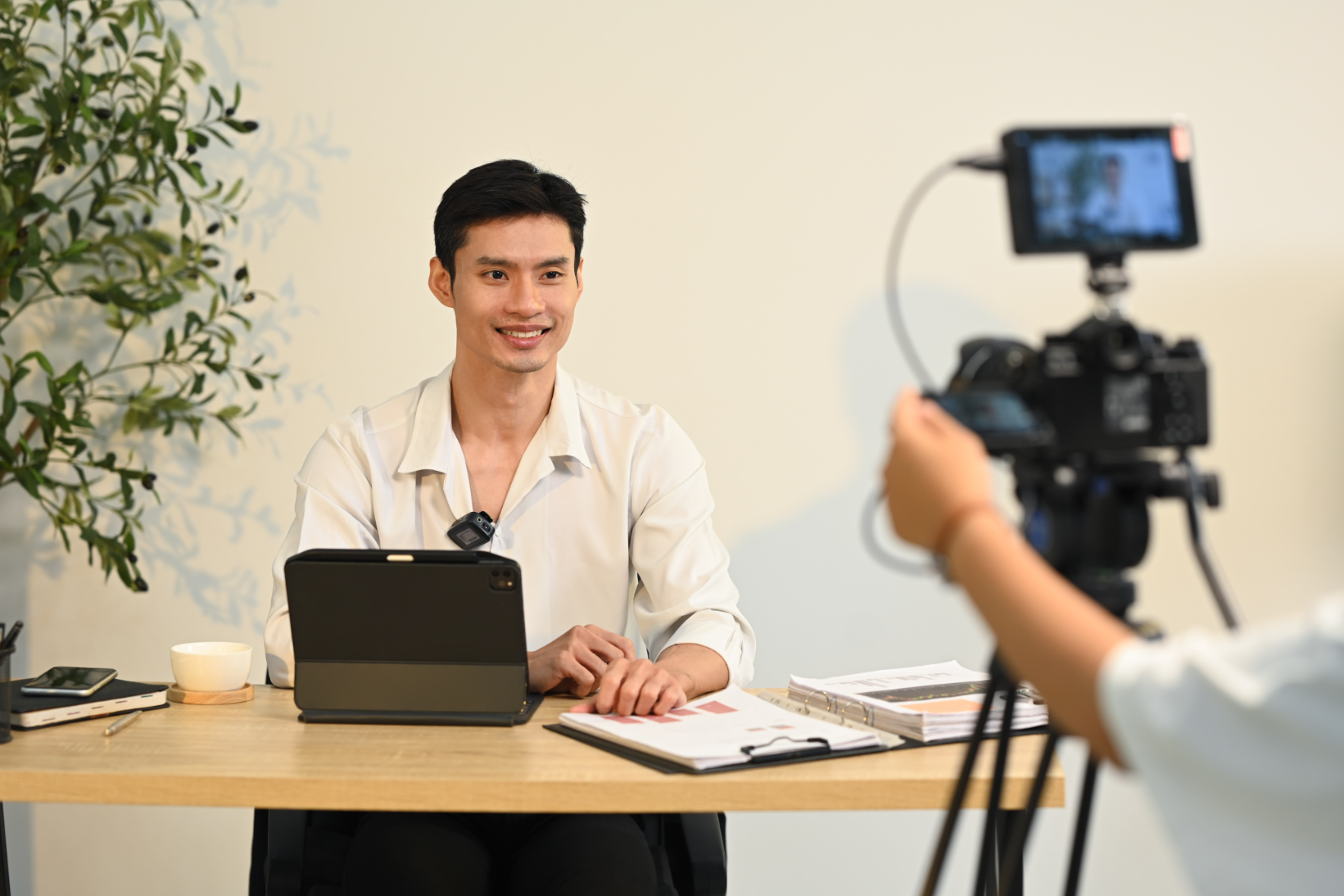Low-light cinematography. Just the phrase can strike fear into the hearts of even seasoned filmmakers. Grainy footage, blurry images, and washed-out colors are all potential pitfalls lurking in the shadows. But fear not! Shooting beautiful video in low light is absolutely achievable with the right knowledge and techniques. In this post, we'll break down the core concepts, practical tips, and essential gear you'll need to elevate your low-light filmmaking game. Get ready to transform those dimly lit challenges into stunning cinematic opportunities.
Aperture, ISO, and shutter speed: these are your core tools for controlling light, and understanding how they interact is crucial. Think of them as a triangle – change one, and the others will be affected. A wider aperture (smaller f-number like f/1.8 or f/2.8) lets in more light, but reduces your depth of field. A higher ISO boosts the sensitivity of your sensor to light, but introduces noise (grain). A slower shutter speed allows more light to enter, but can cause motion blur if your subject or camera moves too much.
Finding the right balance is key. Experiment with these settings to see how they affect your image. For example, if you're shooting a static subject, you can use a slower shutter speed (e.g., 1/30th of a second) and a lower ISO (e.g., ISO 800) to minimize noise. If you're shooting a moving subject, you'll need a faster shutter speed (e.g., 1/60th or 1/125th of a second), which will likely require you to increase your ISO or widen your aperture.
Actionable Tip: Don't be afraid to push your ISO higher than you're comfortable with. Many modern cameras have excellent noise reduction capabilities, and a little bit of grain is often preferable to underexposed footage. Also, consider using a "fast" lens – one with a very wide maximum aperture (f/1.4, f/1.8, or f/2.8) – as this will allow you to gather significantly more light without sacrificing image quality. Test your camera's ISO capabilities beforehand to understand its noise performance at various levels. This will help you make informed decisions on set.
Good lighting doesn't always mean bright lighting. It means intentional lighting. Even in low-light scenarios, you have options for manipulating and shaping the available light to create a more compelling image. Think about using reflectors to bounce existing light onto your subject, or small LED panels to add subtle highlights and fill shadows. Consider the color temperature of your light sources; mixing different color temperatures can create an unnatural and jarring look. Strive for consistency or intentional contrast.
Practical lights – lights that are visible in the frame, such as lamps, candles, or neon signs – can also be used to add visual interest and create a sense of realism. Be mindful of their brightness and color temperature, and use them strategically to guide the viewer's eye. Avoid letting them blow out completely; learn to feather the light to keep the details in the bright spots.
Actionable Tip: Invest in a small, portable LED light panel with adjustable brightness and color temperature. These are incredibly versatile tools for adding fill light, creating highlights, or even acting as a key light in a pinch. Also, experiment with different diffusion materials to soften the light and create a more flattering look. Common household items like parchment paper or bedsheets can work as makeshift diffusers in a pinch.
A shaky image can ruin even the most beautifully lit shot. In low-light conditions, where you're likely using slower shutter speeds, camera shake becomes even more pronounced. Invest in a good tripod to keep your camera steady, especially for static shots. If you're shooting handheld, practice proper stabilization techniques, such as using a wide stance, tucking your elbows in, and breathing slowly. Consider using a camera with in-body image stabilization (IBIS) or attaching a lens with optical image stabilization (OIS) to further reduce camera shake.
Beyond stability, think about your movement. Smooth, deliberate camera movements can add a sense of cinematic flair to your footage. Practice panning, tilting, and dollying smoothly and consistently. Avoid jerky or erratic movements, as these can be distracting and nauseating for the viewer. Using a gimbal or a shoulder rig can significantly improve the smoothness of your handheld shots.
Actionable Tip: If you're shooting handheld, try bracing your camera against a wall, a tree, or any other stable surface. This can provide additional support and reduce camera shake. Also, consider using a wider lens, as this will make your footage appear more stable. Finally, when editing, use stabilization software to smooth out any remaining camera shake. But use it sparingly; over-stabilization can create an unnatural "floaty" look.
Shooting in low light often means dealing with more noise (grain) in your footage. While a little bit of noise can add character, too much can be distracting and unprofessional. One way to minimize noise is to shoot in a codec with a higher bit rate. Codecs like ProRes or DNxHD retain more information than compressed codecs like H.264, resulting in less noise and better color fidelity.
In post-production, you can use noise reduction software to further clean up your footage. However, be careful not to overdo it, as this can result in a loss of detail and a "waxy" appearance. Experiment with different noise reduction settings to find the right balance between noise reduction and detail retention. Explore plugins specifically designed for noise reduction in video, such as Neat Video or Red Giant Denoiser.
Actionable Tip: If you know you'll be shooting in low light, consider shooting in a higher resolution (e.g., 4K) and downscaling to 1080p in post-production. This can help to reduce the appearance of noise and improve the overall image quality. Also, properly exposing your footage in camera will minimize the amount of noise you have to deal with in post-production. Practice with your camera's settings beforehand to find the optimal exposure for different low-light scenarios.
Mastering low-light cinematography is an ongoing journey of experimentation and refinement. Don't be afraid to try new things, make mistakes, and learn from them. With the right knowledge, techniques, and a little bit of practice, you can transform those dimly lit challenges into stunning cinematic opportunities. We hope this guide has given you some solid building blocks. If you're looking for professional support to bring your video projects to life, don't hesitate to reach out to us at FilmBaker. We'd love to hear about your vision and help you achieve it. Get in touch!



